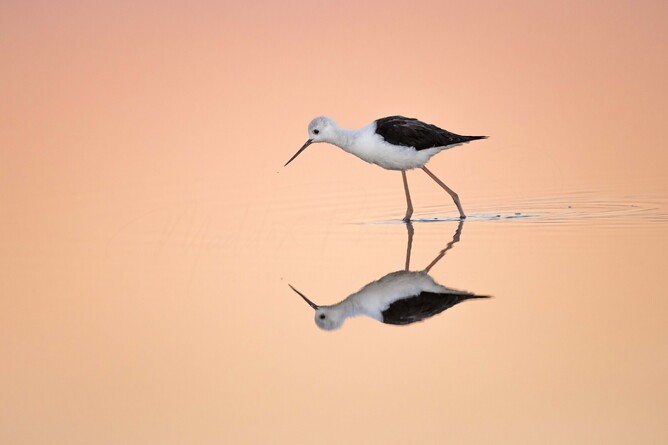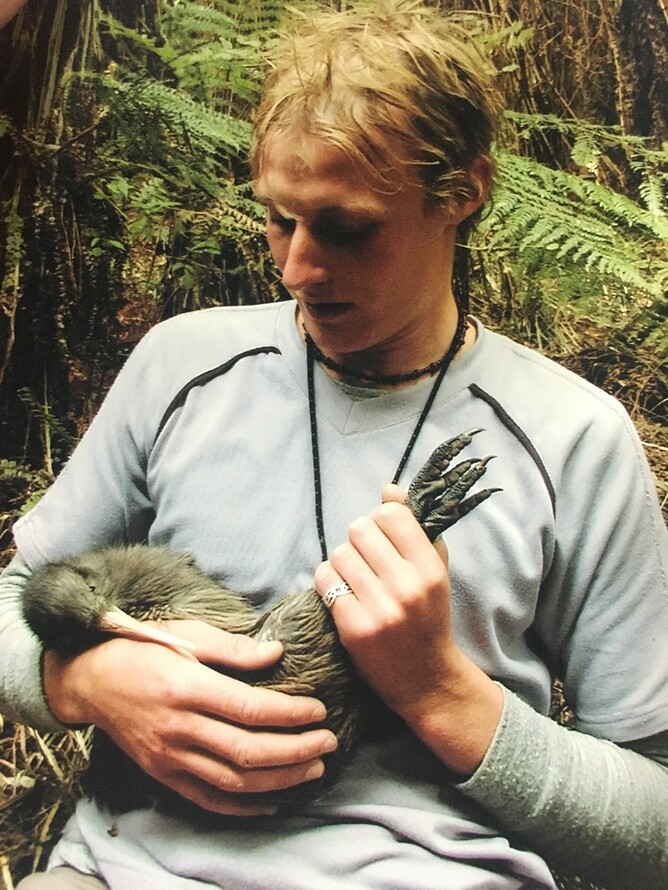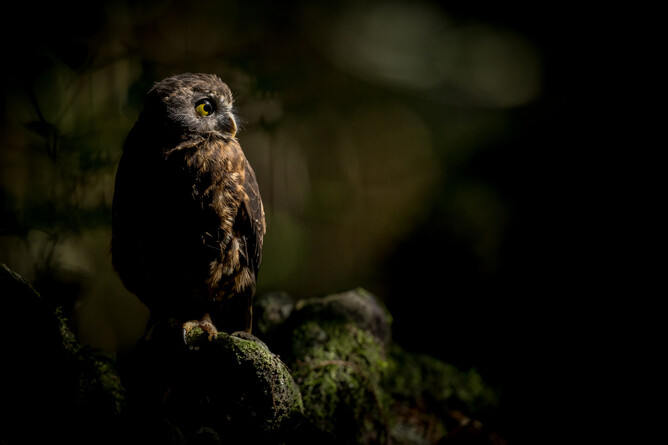I never expected photography to become my life’s calling. I never expected to find solace in the quiet of the forest or the rhythm of the tides. But after the death of my son, Maddox, I found myself searching for something, anything that could help me make sense of my grief. What I found was the world of birds.
Nature and the outdoors have always been a part of my life. Before photography, I spent years working as an outdoor instructor, guiding people through wild landscapes and helping them connect with the natural world. I was also involved in conservation work, including efforts to protect the North Island Brown kiwi, a humbling experience that deepened my appreciation for our native wildlife and the challenges they face. Those experiences shaped my understanding of the land and the creatures that call it home, but that’s a story for another time.
Bird photography for me is an act of presence. It’s not just about capturing an image; it’s about being there, really being there. In the beginning, I would sit in the forest with my camera, not to take photos, but just to listen and sometimes cry. The rustle of leaves, the distant call of a tūī, the wingbeats of a Kererū shifting on its perch. I started to notice things I never had before: the way light filters through an ancient kahikatea forest, the birds behaviour before it takes flight, the delicate moment when a Reef Heron dives for its prey. Every time I go to press my shutter button I think what is the story I’m trying to tell here and why?
Grief to me teaches patience, and so does bird photography. There is no rushing nature. Some of my best images have taken years to achieve, like my long-envisioned shot of a backlit Royal Spoonbill (Kōtuku ngutupapa) in Napier or a Morepork ( Ruru) perched on a mossy Kahikatea root with a beautiful sun-ray casting light over its small delicate body. Other images are still waiting to come to life, the process is slow, often frustrating, but always rewarding.
But photography, for me, has become more than just taking beautiful images. I want my work to educate and inspire. New Zealand’s birds are extraordinary, some of the rarest and most unique species in the world but many people never get the chance to truly see them. Through my photos, I want to show people what’s out there, to help them connect with nature, and to encourage conservation. The more we understand, the more we care, and the more we care, the harder we will fight to protect our wildlife and wild places.
Being outdoors, surrounded by birds and forests, has had a profound impact on my own wellbeing. There’s something about standing amongst nature, waiting for a Royal Spoonbill (Kōtuku ngutupapa) to land or a Saddleback (tīeke) to emerge from the undergrowth.
In a world that moves too fast, where we’re constantly connected to screens, nature offers something rare, stillness, presence, and perspective. I’ve seen first-hand how spending time in the wild can help people heal, just as it helped me. That’s why I now run photography workshops, not just to teach basic technical skills but to give others the opportunity to slow down, observe, and appreciate the beauty of Aotearoa’s birdlife.
What began as a personal journey has grown into something bigger. Every photo I take is to celebrate New Zealand’s unique birds all while educating, connecting people to conservation and honouring Maddox’s life.
Patience, presence, and a deep love for our wild places, these are the lessons bird photography has taught me. And in those quiet moments behind the lens, I have found not just beauty, but healing.





